(October 24, 2023) The festive fervour was in air much in advance this year for the organisers of Hamstead Durga Puja organised by the London Durga Puja Dusserah Association. This year marks a momentous occasion as the oldest Durga Puja celebration in the UK, has commemorated its 60th year. As the countdown began, the anticipation grew. To make this milestone even more meaningful and nostalgic, they have been sharing photographs from years gone by on their social media handles. These pictures have been taking members of the Bengali diaspora on a trip down memory lane, with people enthusiastically reminiscing about the past and how strong the camaderie have remained through their most significant annual celebration – the Durga Puja. For them Durga Puja is not merely a celebration, but an integral part of their culture, identity, and an opportunity to strengthen their bonds in a land distant from India.
It all started in 1963 when a group of students in London began this tradition, and now it’s been going strong for 60 years. The rich legacy of the Hampstead Durga Puja has passed through the generations, with British Indians of the second and third generation warmly embracing it, and understanding their culture and community through it.
The story of the oldest Durga Puja in the UK

Durga idol of Hampstead Durga Puja that is organised by London Durga Puja Dusserah Association
In the autumn of 1963, Durga Puja got organised for the first time in Maryward Centre, Russell Square, by a group of young Bengali students who formed the London Durga Puja Dusserah Association. Tushar Kanti Ghosh, the editor of the reputed newspaper Jugantar and publishing house Amrita Bazar Patrika was in London during that time. He was approached by the organising students to donate the Durga Pratima (idol of the goddess), which he gladly did. The enthusiastic students distributed leaflets at Piccadilly Circus and Oxford Street and raised funds from prominent members of the Asian community.
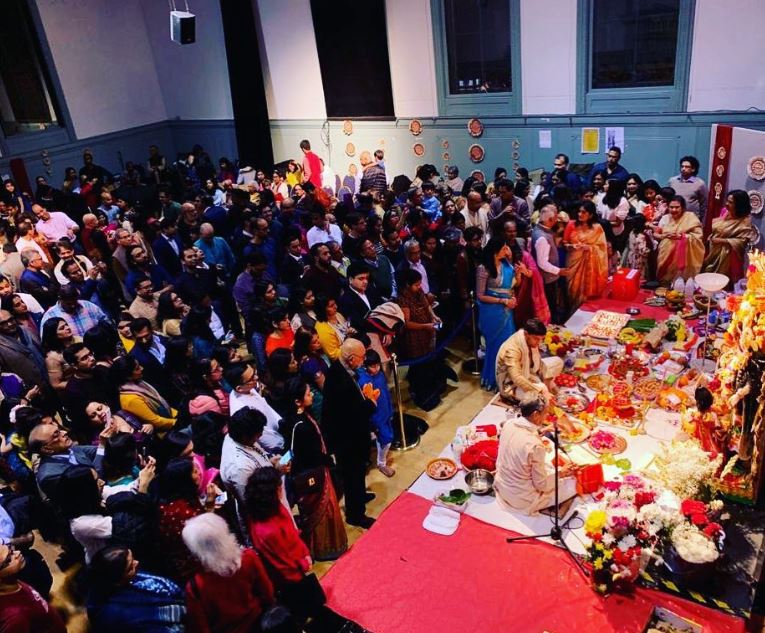
Devotees at Hampstead Durga Puja, London
The celebration of the first year was super successful and attracted communities from Edinburgh, Glasgow, and even from Germany. Gradually the community grew in size. The young student organisers were now married and had children, and the festivities started getting bigger and bigger. It started being popularly known as the Hampstead Durga Puja.
Prominent members of the diaspora have given their support and presence over the years to it. Lord Swaraj Paul (Indian-born British business magnate and philanthropist), Lord Raj Kumar Bagri (Indian-born British businessman and a Conservative member of the House of Lords), Nirmal Sethia (Chairman and Managing Director of N Sethia Group), and Satya Narayan Gaurisaria (Indian born British company secretary) have been some of the renowned patrons.

A rare treasure – the brochure published by London Durga Puja Dusserah Association, back in 1979
Connecting from UK, Chandana Sanyal, Professor of Organisational Behaviour, Middlesex University, London tells Global Indian, “The celebrations moved to its current venue, (Hampstead Town Hall, Belsize Park, London NW3 4QP) in 1966. This is the oldest Durga Puja in London and we try to involve the younger generation as much as possible so that they stay connected and take the tradition forward.” She is the current secretary of the London Durga Puja Dusserah Association which is a registered UK charity.
The legacy is fondly carried forward…
“Kids have been making a significant contribution to the annual puja brochure through their written reflections, sketches, and artwork which mirror their perceptions of Durga puja. We involve them in activities like garland making etc. so that they learn to take responsibilities related to the festivities.” Away from India, the adults of the diaspora have been successful in engaging the younger generation to continue the celebrations for the last six decades.
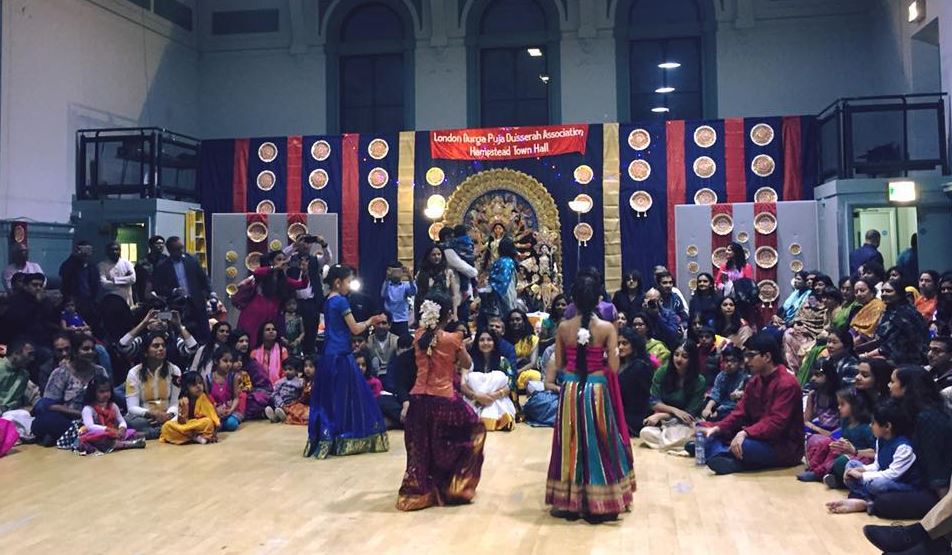
Kids taking the legacy forward
“There is an emphasis on the rituals, starting from bodhan, puja, anjali, and arati both in the morning and evening each day, and kumari puja, pratima baran, sindoor khela, and finally bisarjan.There are also lots of cultural programmes and children’s activities such as art competitions and quizzes, to teach the younger generation the nuances of the culture in a fun way,” tells Chandana.
London Durga Puja Dusserah Association has been promoting local talents, creating a platform for them to showcase their skills and become confident performers. Culturally inclined seniors lead the way for the juniors to immerse in the culture. The association’s men’s band ‘Boyesh’ have always enthralled the attendees with their performances over the years.
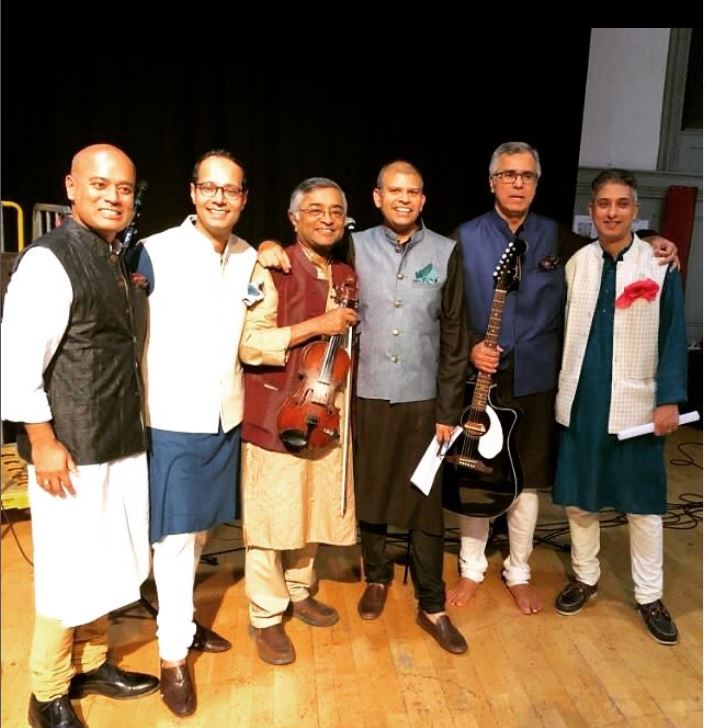
The resident boy band, Boyesh
“We are a registered UK charity and our aim is community engagement, promotion, and celebration of the rich legacy of the Asian culture in the UK.” says Chandana who sets aside five days of her annual leave to organise the puja seamlessly.
Though there is no holiday in the UK for the festivities the members of the diaspora make a point to attend almost a week-long festivity without fail. Footfall on the premises is higher during evening time, even though the rituals and festivities are day-long. All get together to enjoy the cultural programmes that are practiced since days in advance. Both elders and youngsters enjoy bonhomie amidst performances.
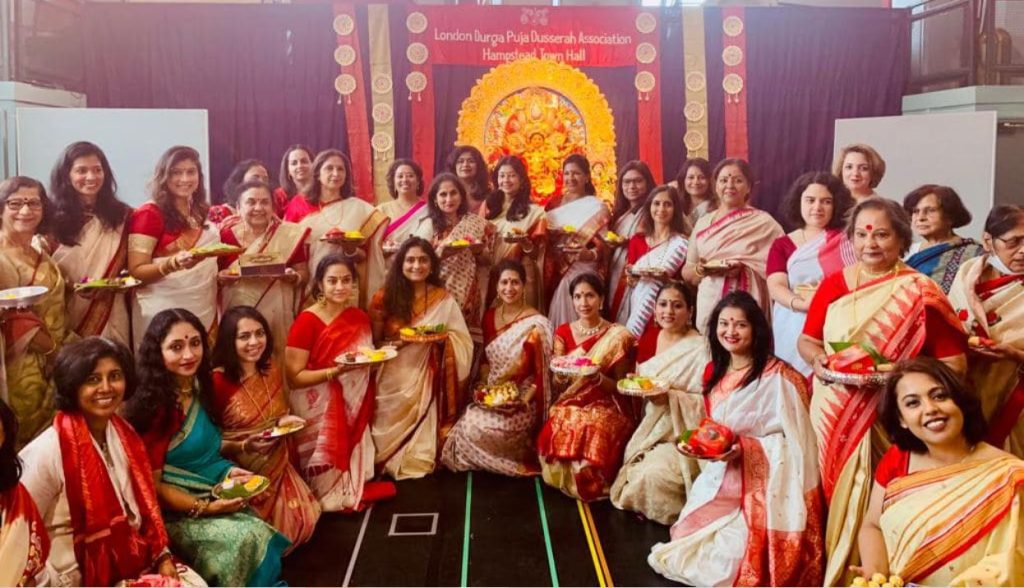
Women during celebrations
Contribution of Durga Puja, the significant soft power, to the Indian economy
In 2019 British Council carried out mapping of the creative economy around Durga Puja on behalf of the Department of Tourism, Government of West Bengal, and in association with the Queen Mary University of London, Indian Institute of Technology, Kharagpur, and Smart Cube, Bangalore. The sectors that the researchers focussed on were installation of art & decoration, idol-making, illumination, literature & publishing, advertising & sponsorship, films & entertainment, and crafts & design. Key takeaways of the report:
- The total estimated economic worth of the creative industries around Durga Puja is ₹ 32,377 crore.
- 92 percent of Puja organisers spend over 20 percent of their budget paying artists.
- Many artists from rural Bengal, earn a substantial portion of their yearly income during the festival. Even established artists find this time of the year to be monetarily the best with bookings of their dates much in advance both in India and abroad.
- Most of the artisan families who have been involved in idol-making both for India and across the borders are doing so over generations. Several businesses are more than 200 years old.
- Special puja edition magazines revenues amount to ₹15 crores.
Follow London Durga Puja Dusserah Association (Hampstead Durga Puja, Belsize Park) on its Website, Instagram and Facebook


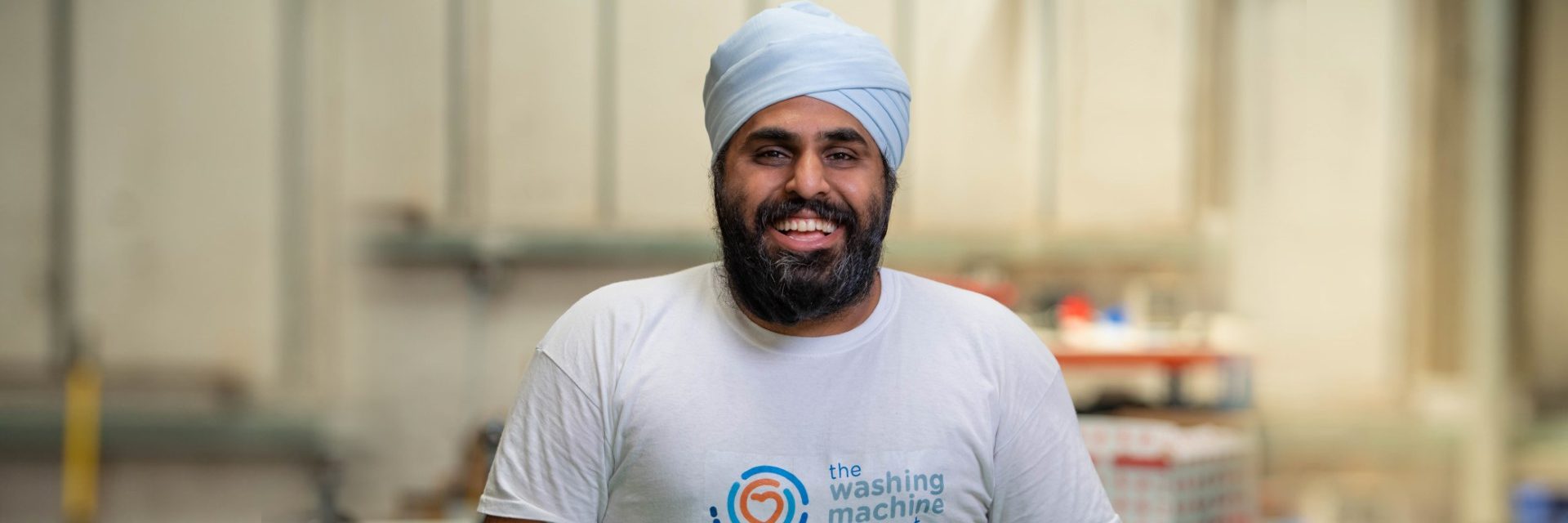

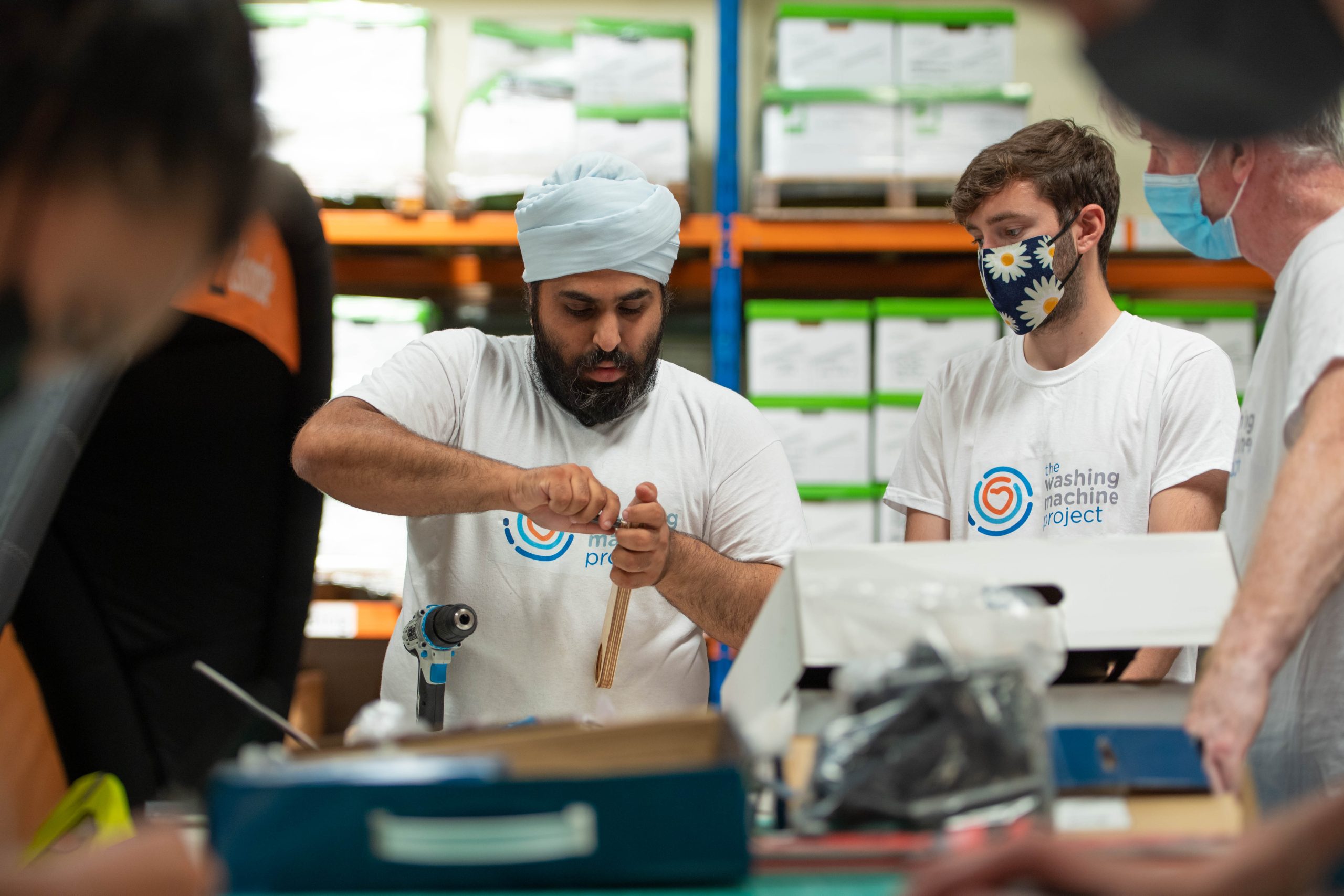
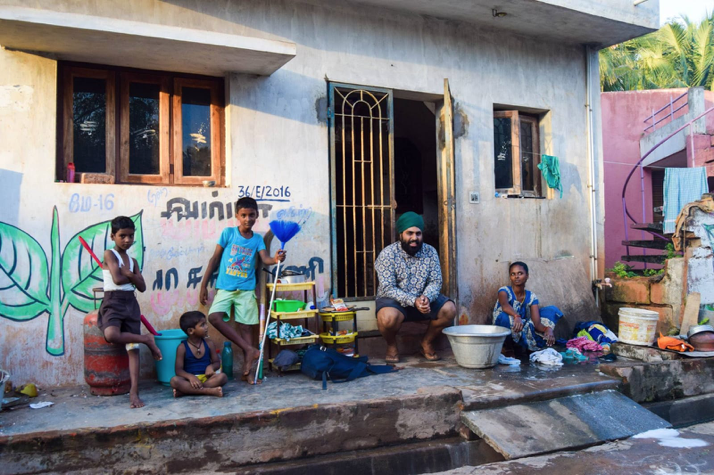 Navjot Sawhney with neighbour Divya[/caption]
Navjot Sawhney with neighbour Divya[/caption]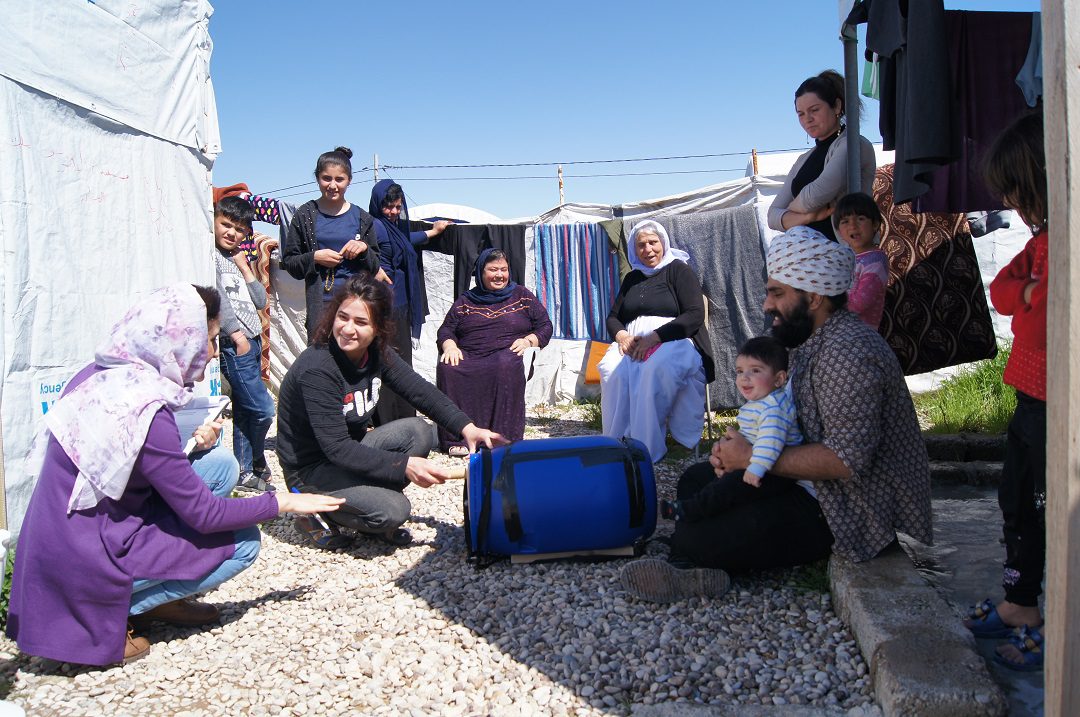 Navjot Sawhney in Iraq for a research trip[/caption]
Navjot Sawhney in Iraq for a research trip[/caption]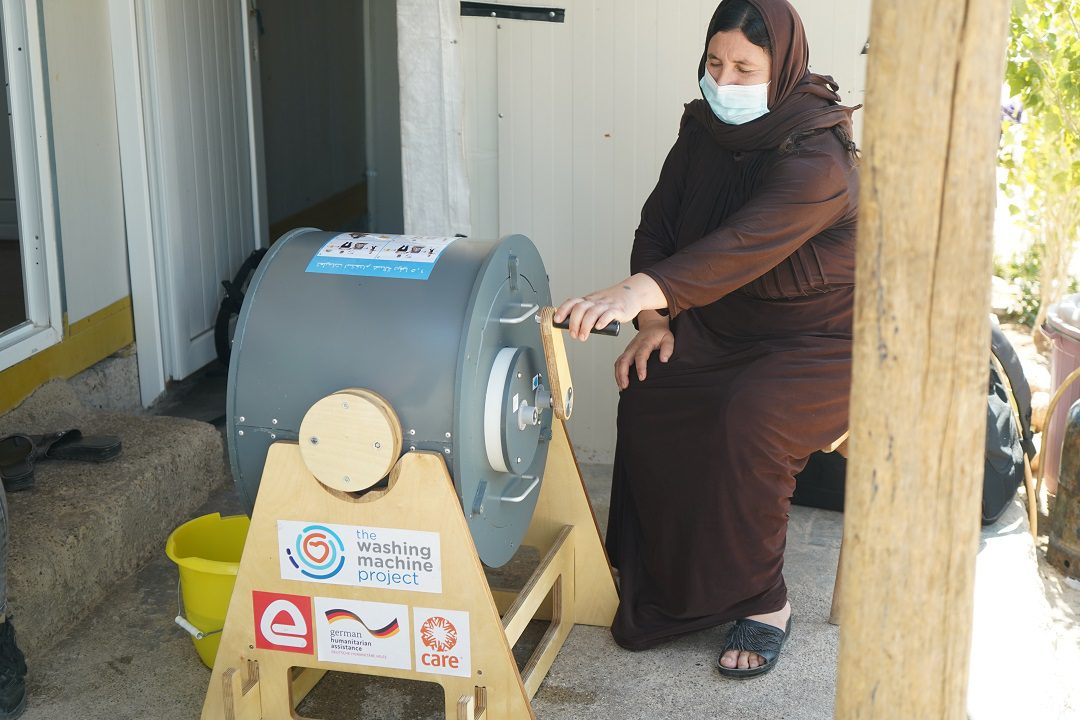 A woman with Divya 1.5[/caption]
A woman with Divya 1.5[/caption]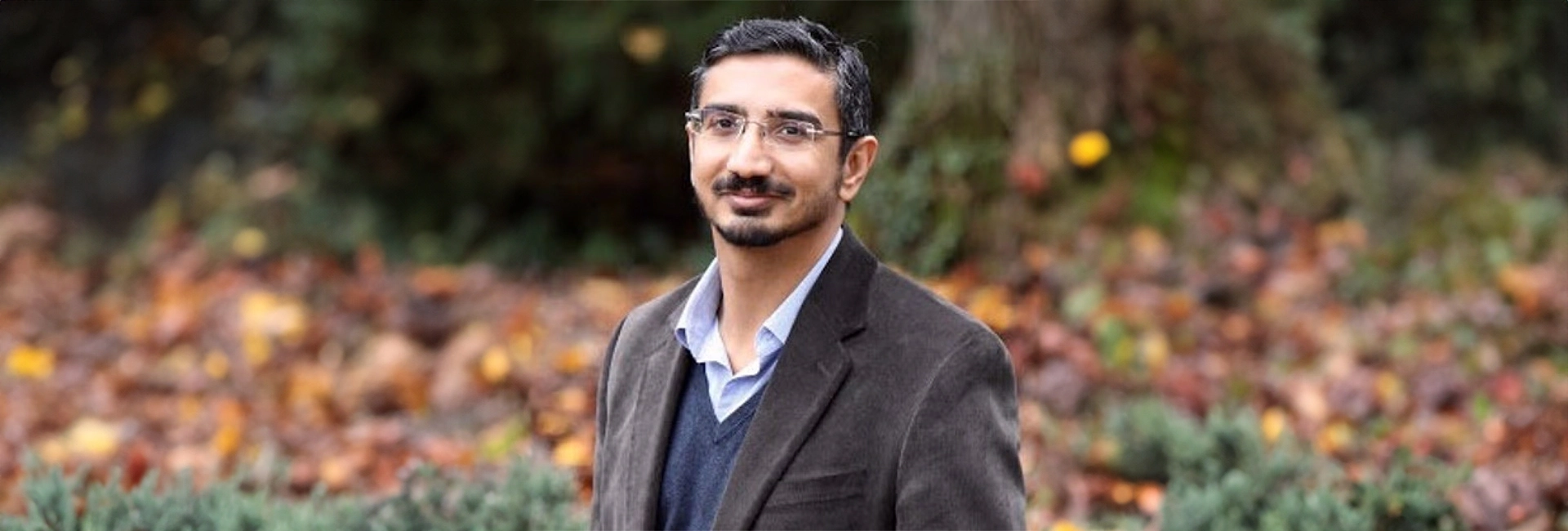
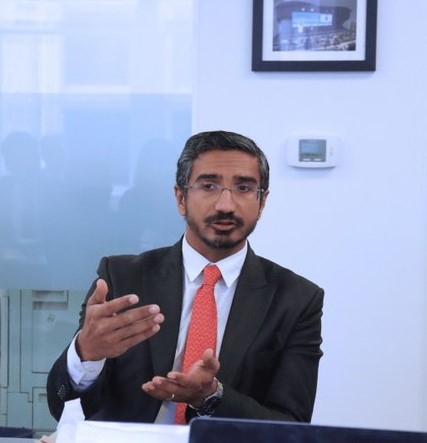 Dhruva Jaishankar[/caption]
Dhruva Jaishankar[/caption]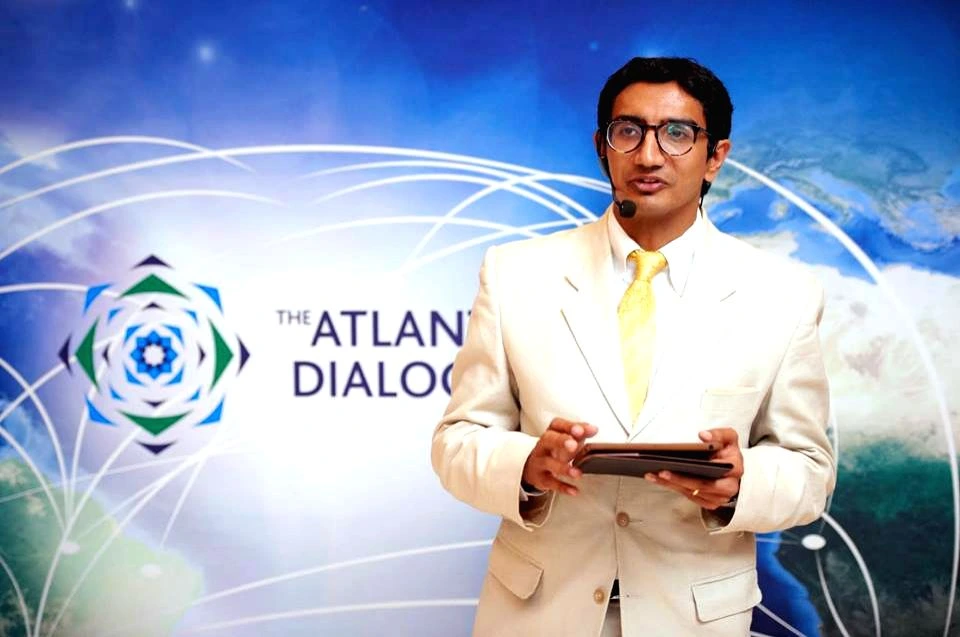 Dhruva Jaishankar during the early days of his career[/caption]
Dhruva Jaishankar during the early days of his career[/caption]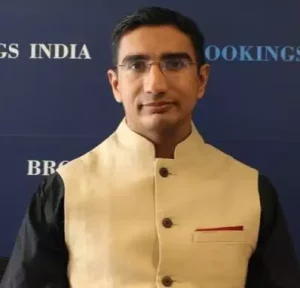 Dhruva Jaishankar during the early days of his career in India[/caption]
Dhruva Jaishankar during the early days of his career in India[/caption]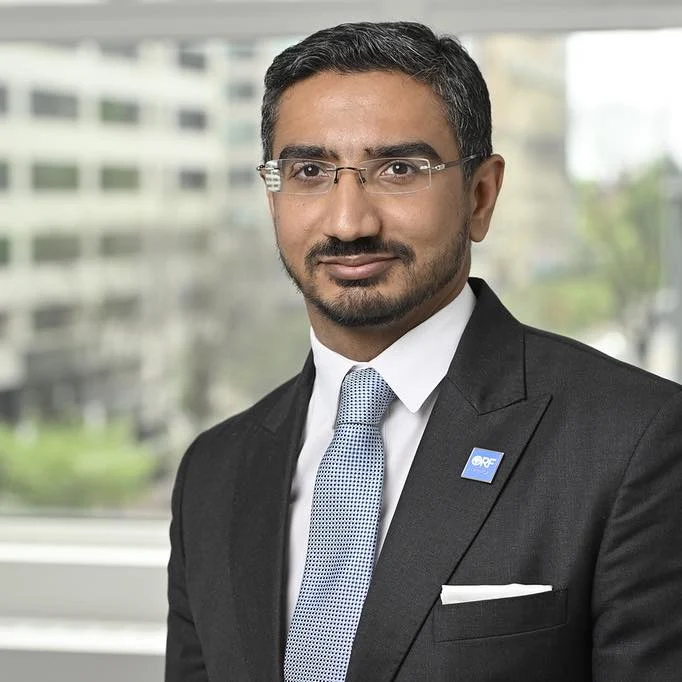 Dhruva Jaishankar[/caption]
Dhruva Jaishankar[/caption]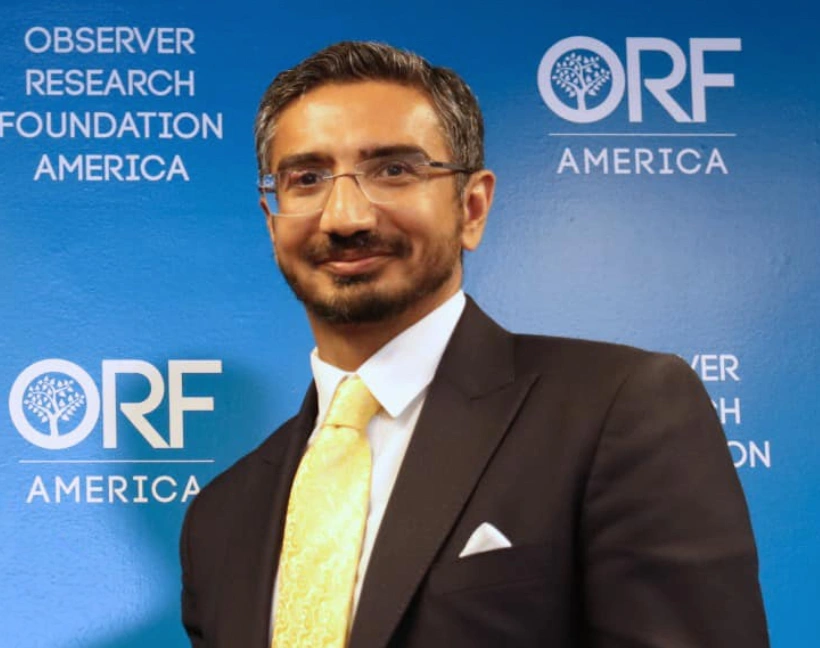 Dhruva Jaishankar[/caption]
Dhruva Jaishankar[/caption]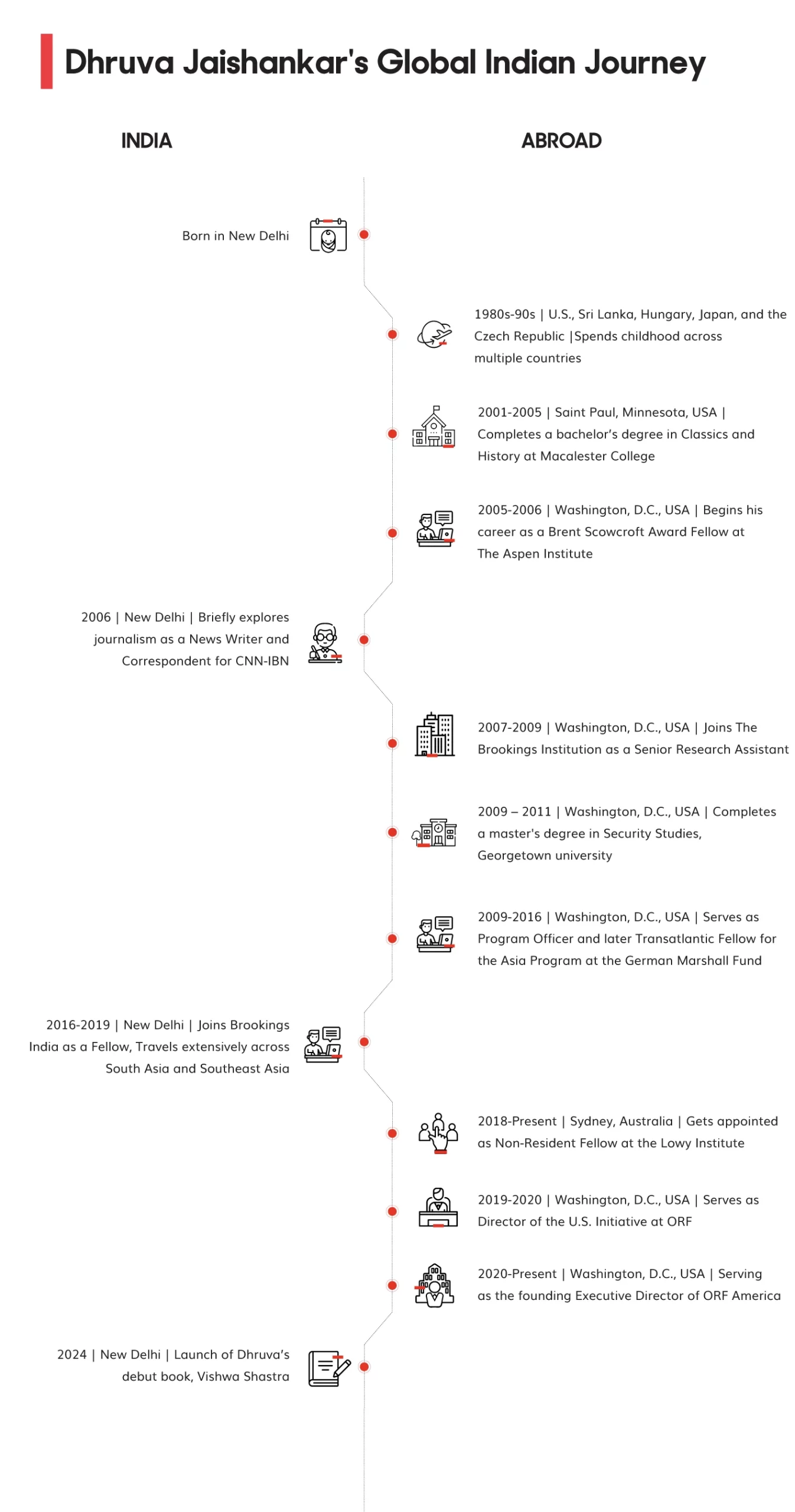
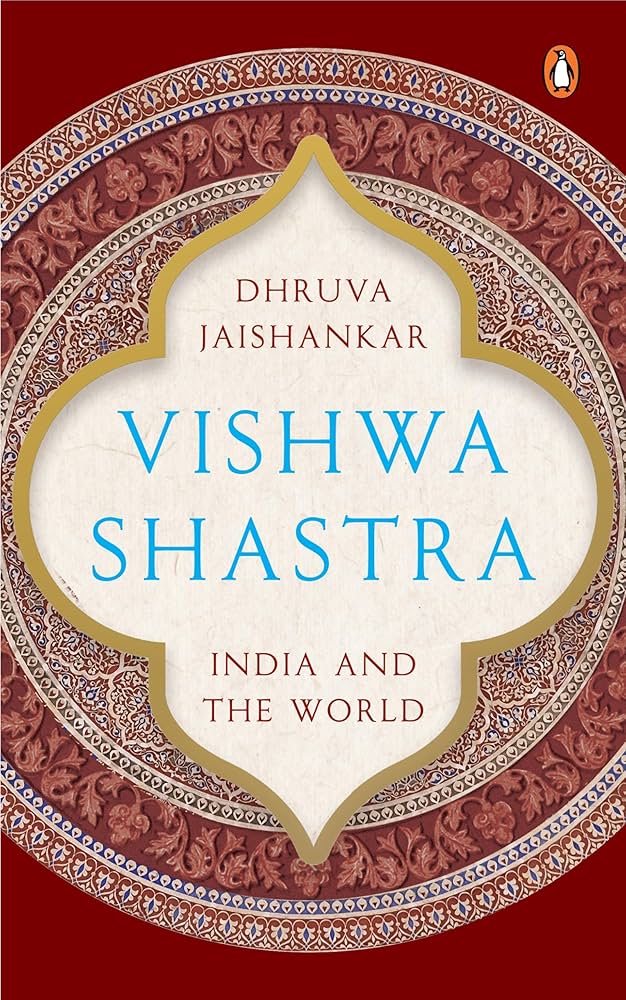
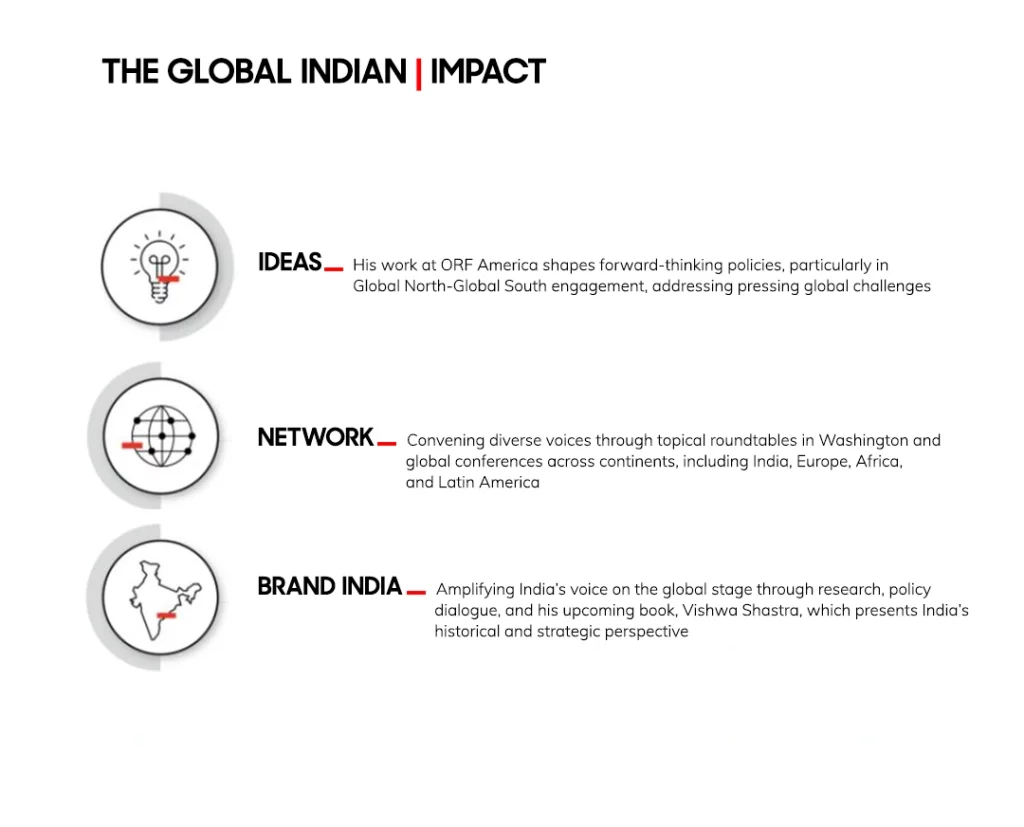

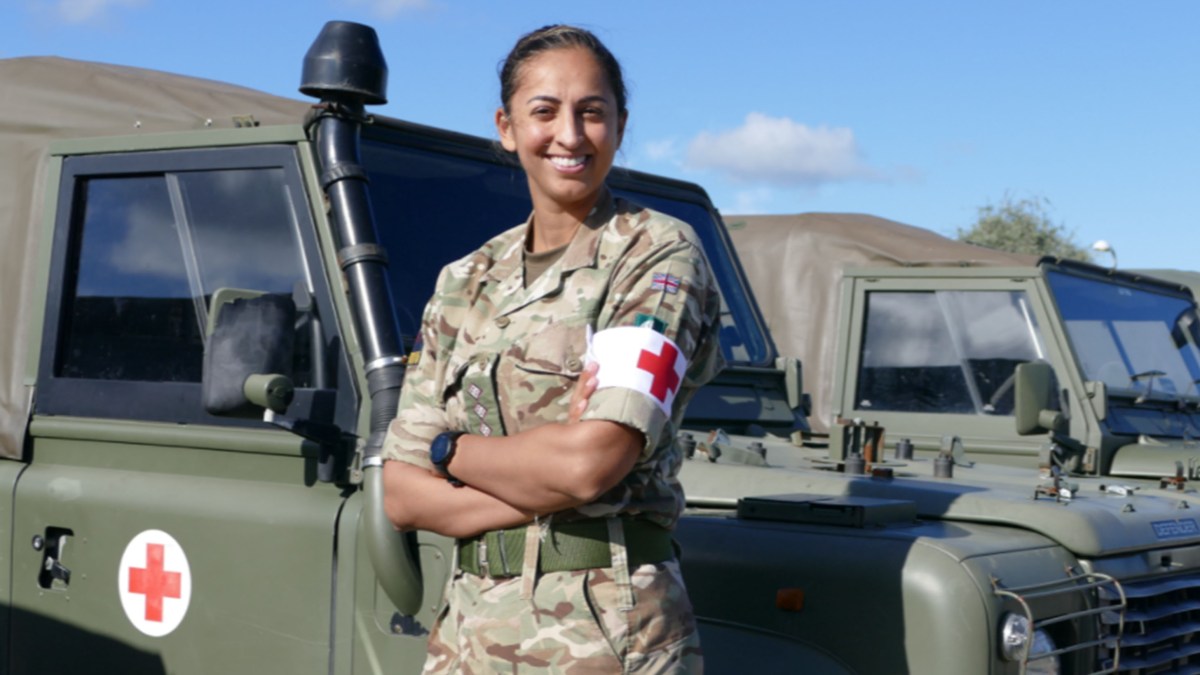
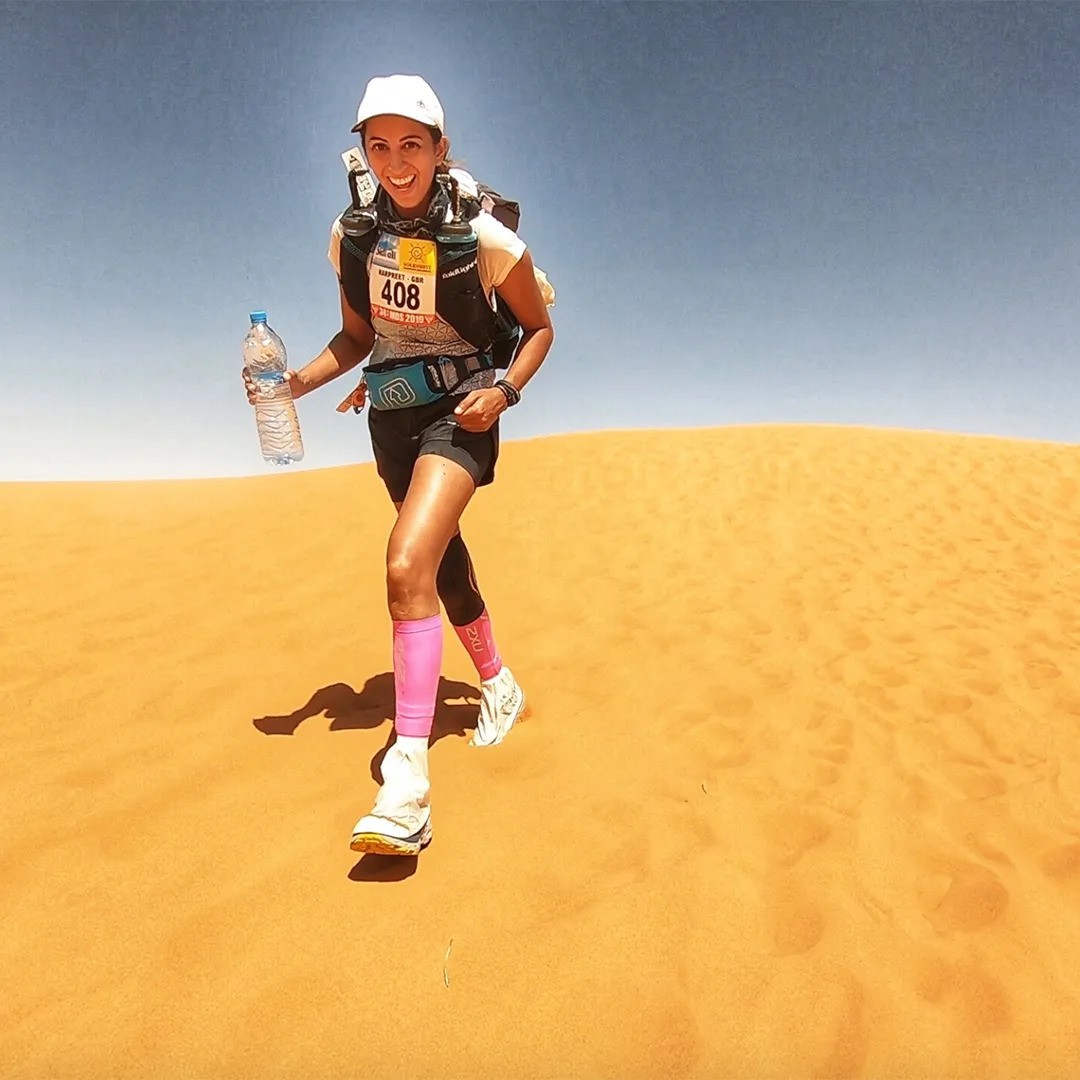 Capt. Chandi during the Marathon des Sables ultramarathon in the Sahara[/caption]
Capt. Chandi during the Marathon des Sables ultramarathon in the Sahara[/caption]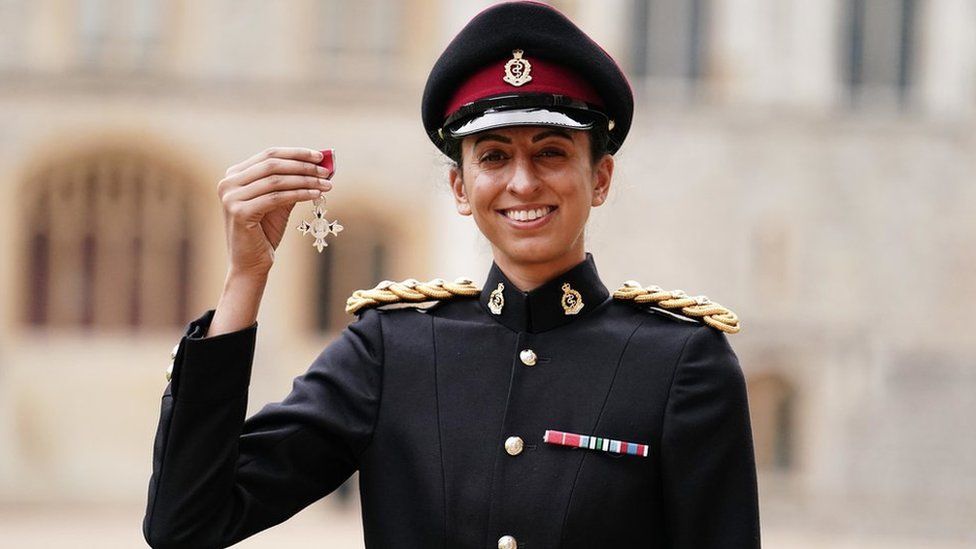 Capt. Chandi was honoured with the MBE in 2022[/caption]
Capt. Chandi was honoured with the MBE in 2022[/caption]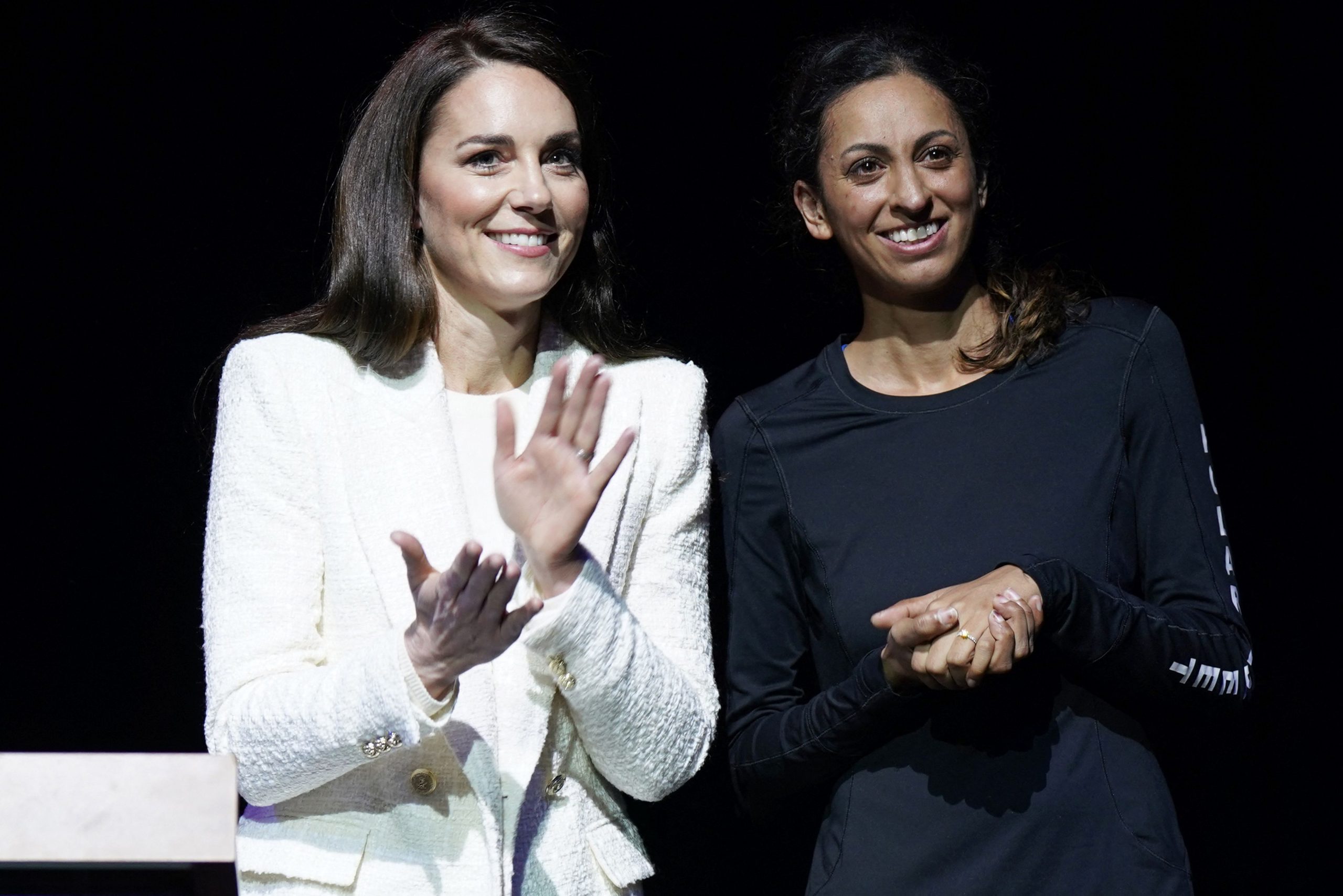 Capt. Chandi, with Her Royal Highness, Catherine, Princess of Wales[/caption]
Capt. Chandi, with Her Royal Highness, Catherine, Princess of Wales[/caption]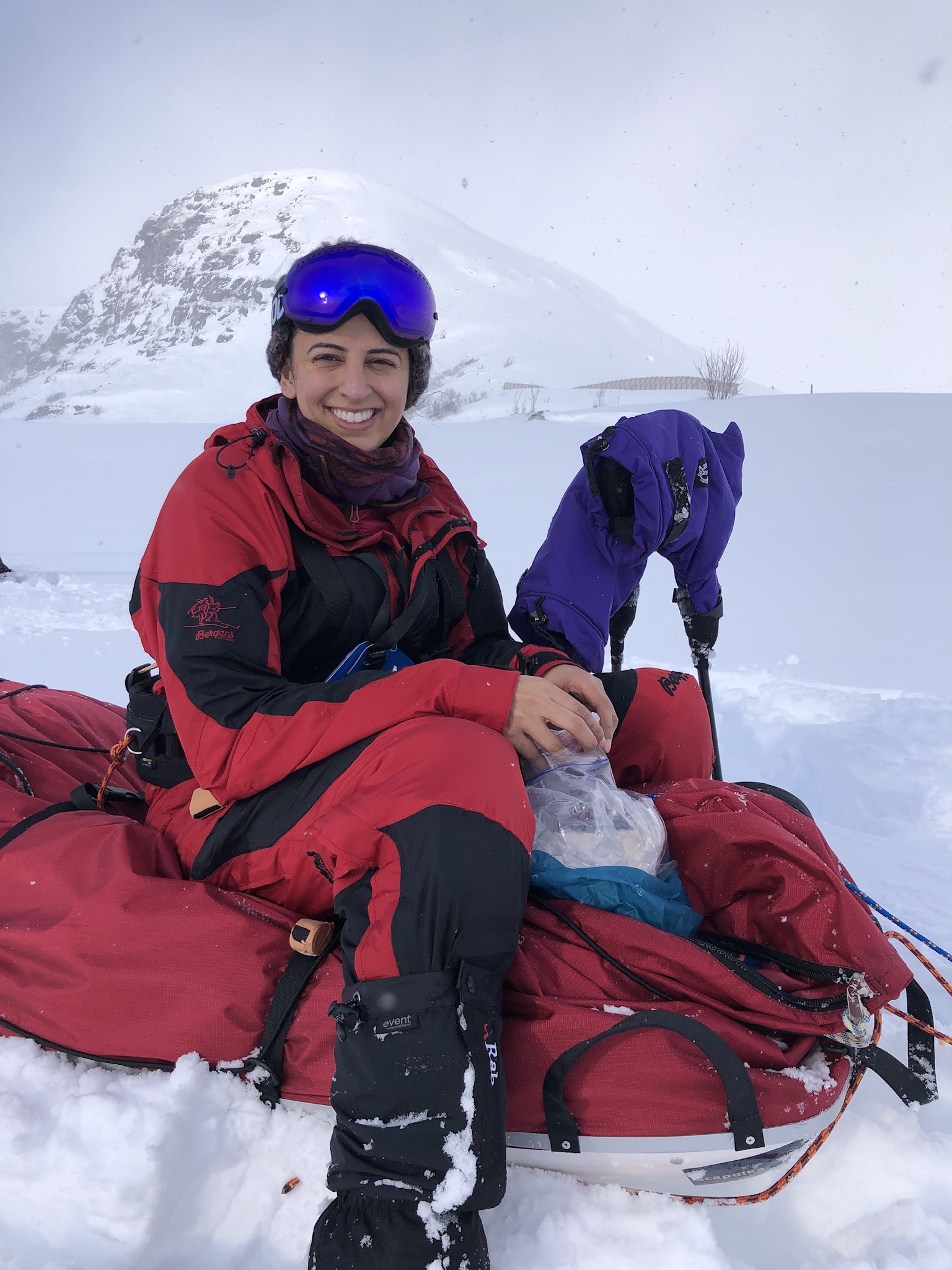
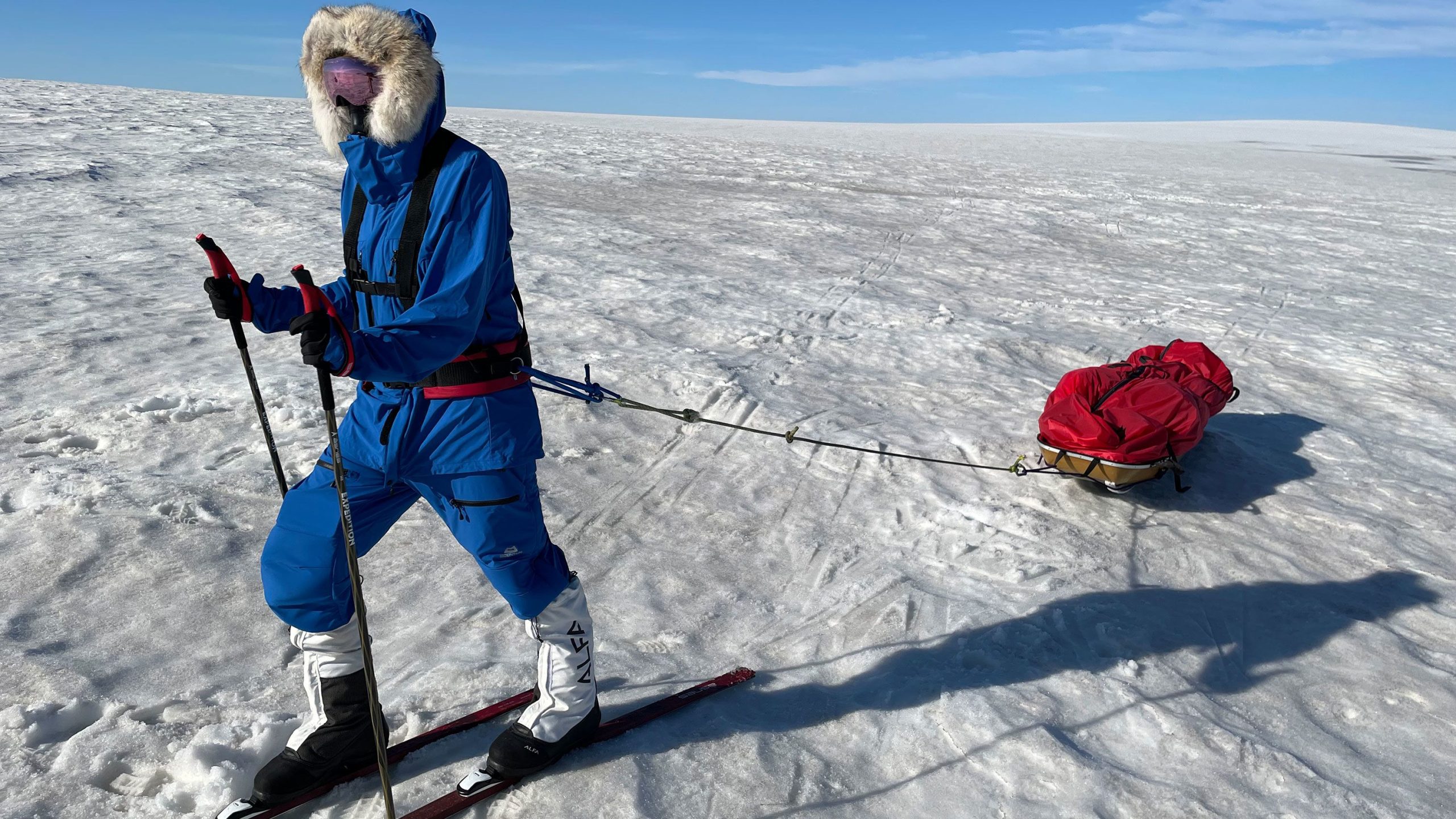

 Capt. Preet Chandi at the South Pole[/caption]
Capt. Preet Chandi at the South Pole[/caption]
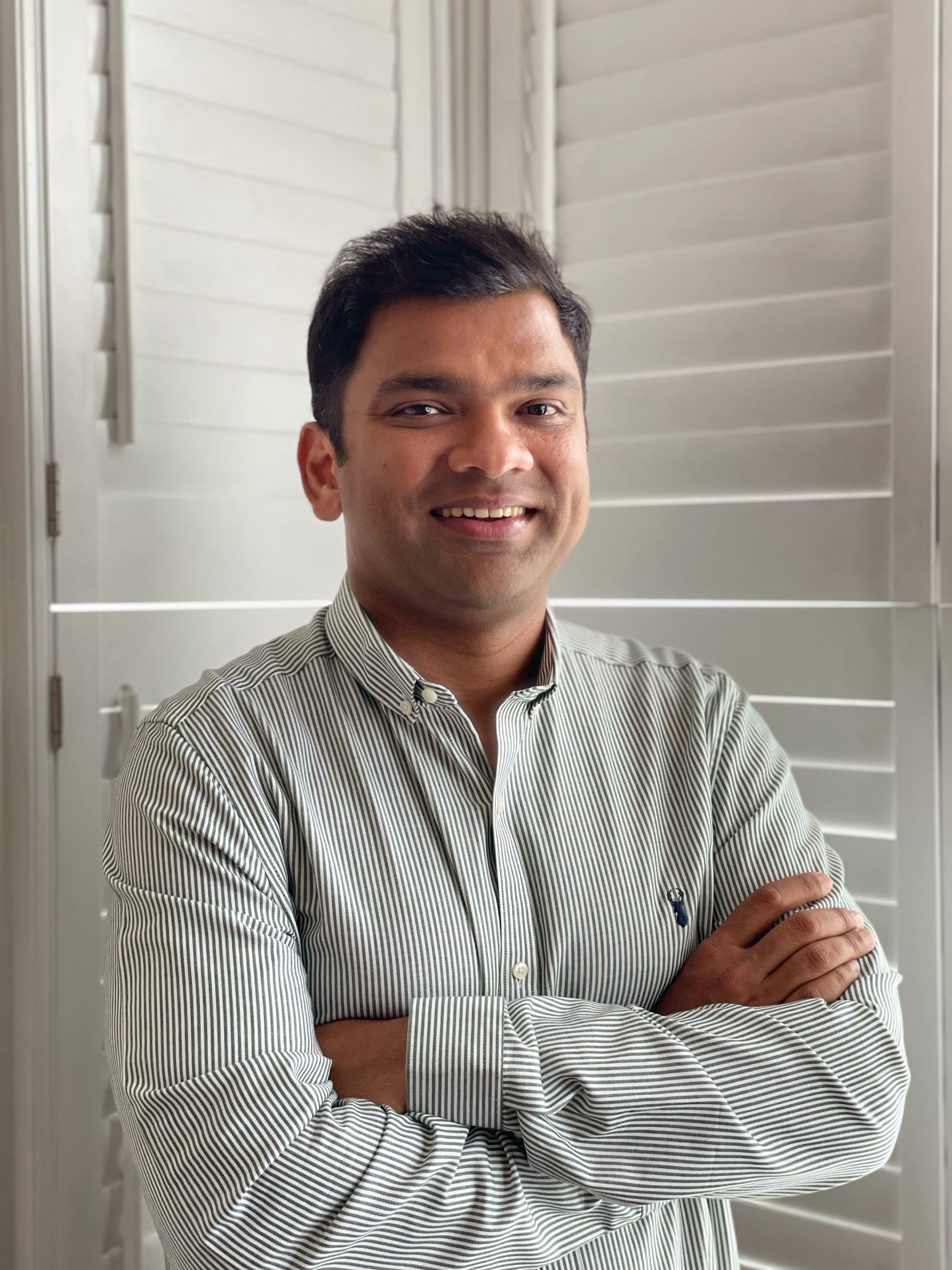 Dr Nayan Kalnad, CEO and co-founder, Avegen[/caption]
Dr Nayan Kalnad, CEO and co-founder, Avegen[/caption]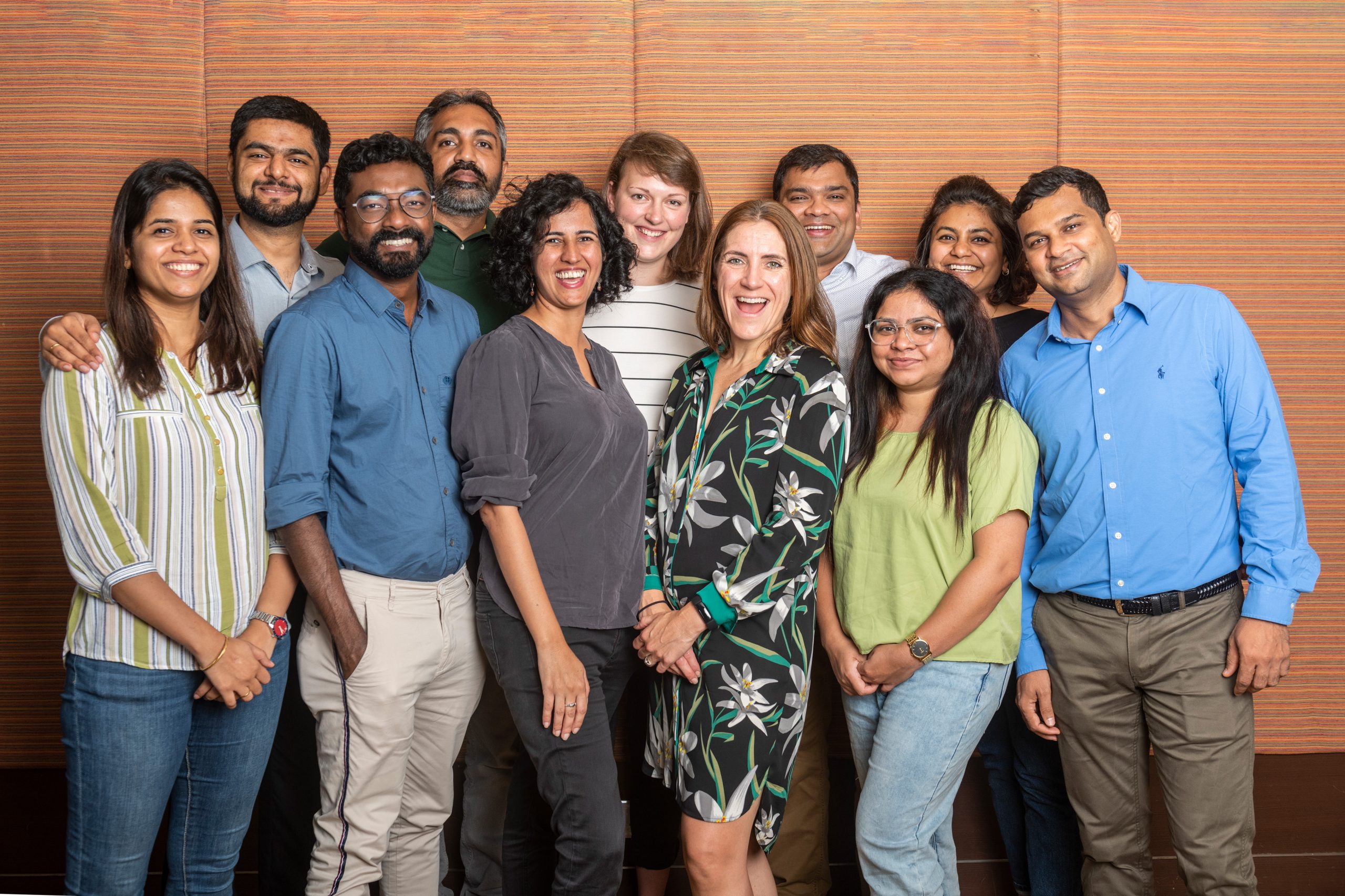 The Avegen team[/caption]
The Avegen team[/caption]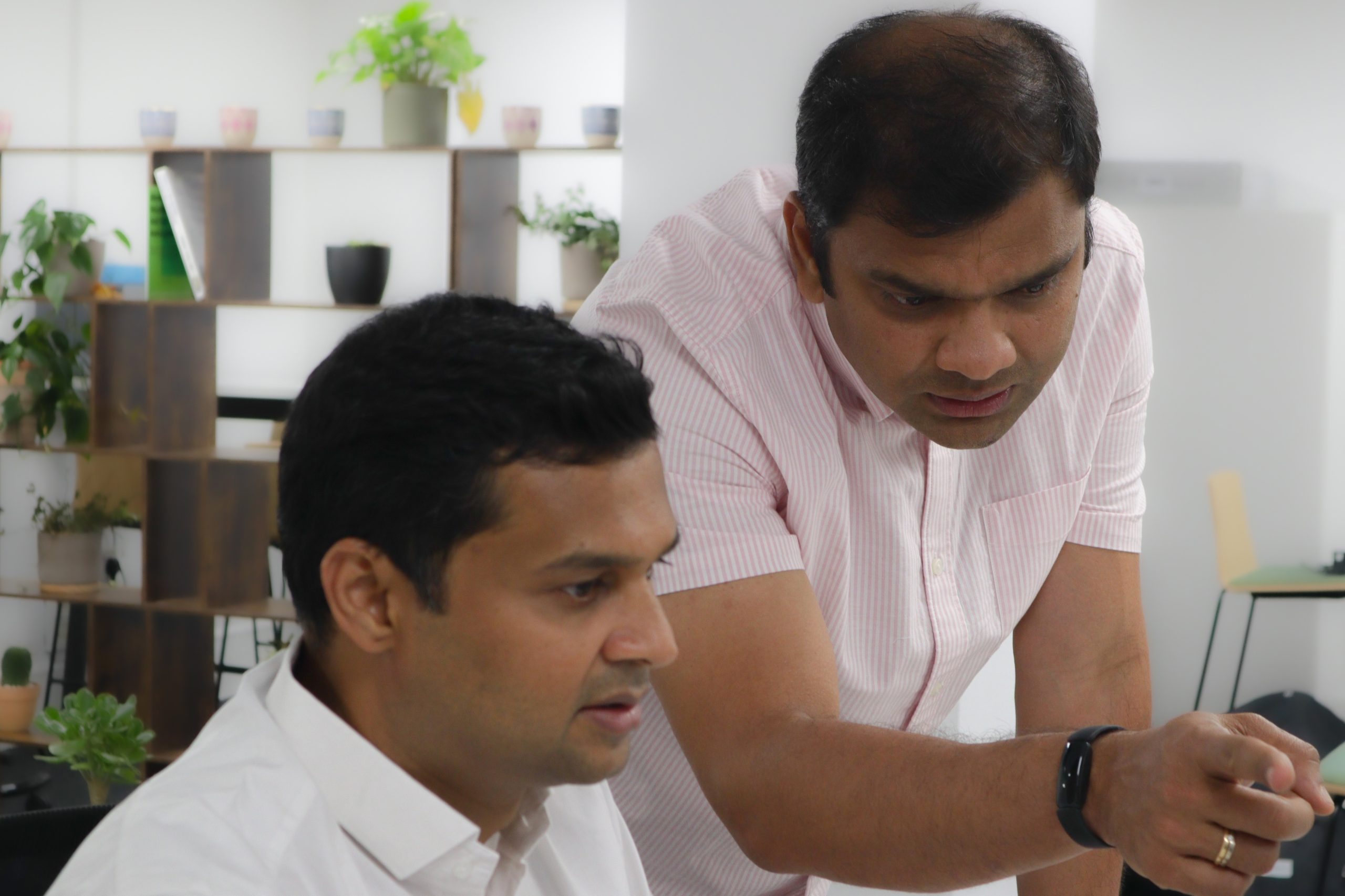

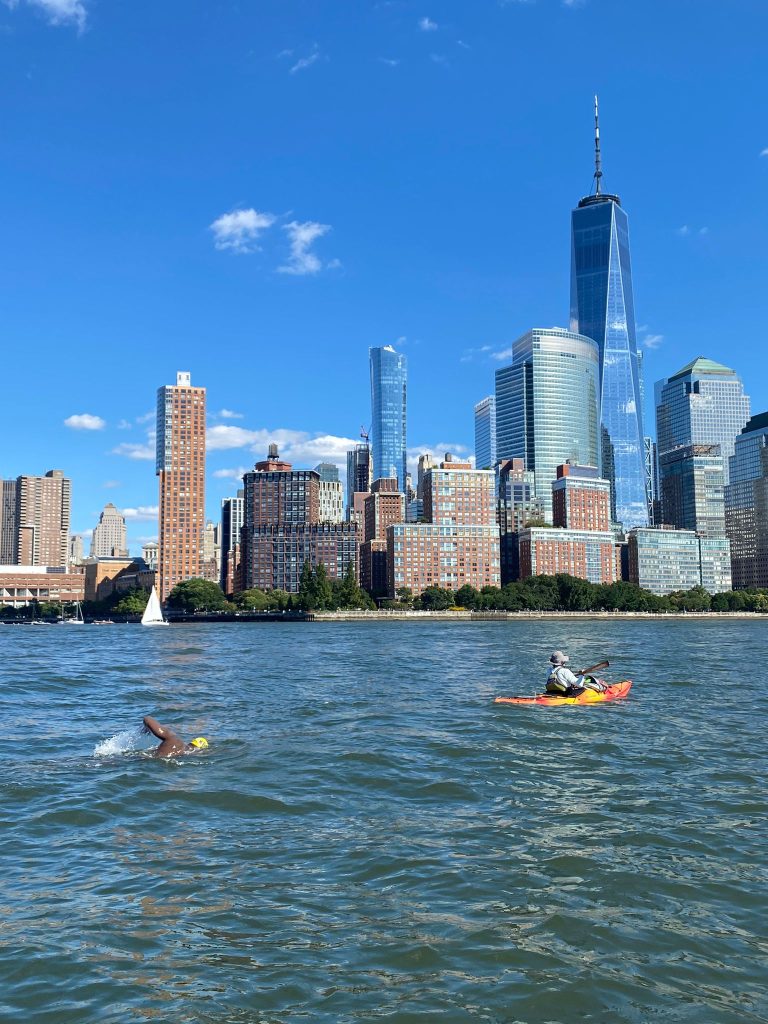 M Tulasi Chaitanya in one of his swimming sprees[/caption]
M Tulasi Chaitanya in one of his swimming sprees[/caption]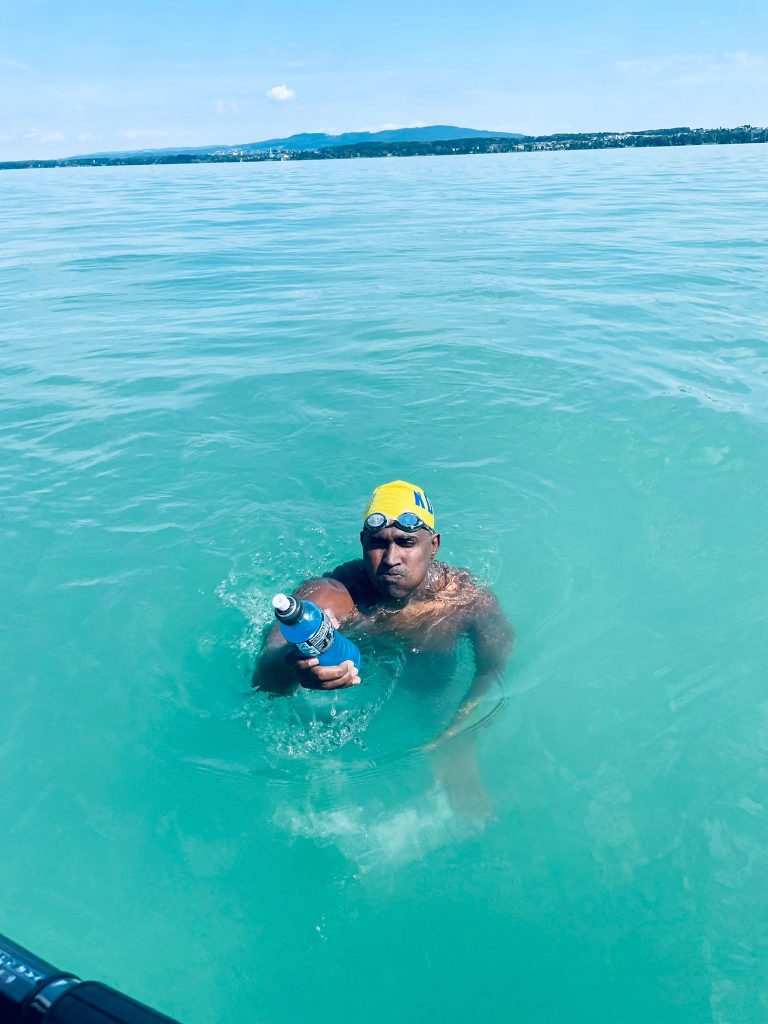 M Tulasi Chaitanya[/caption]
M Tulasi Chaitanya[/caption]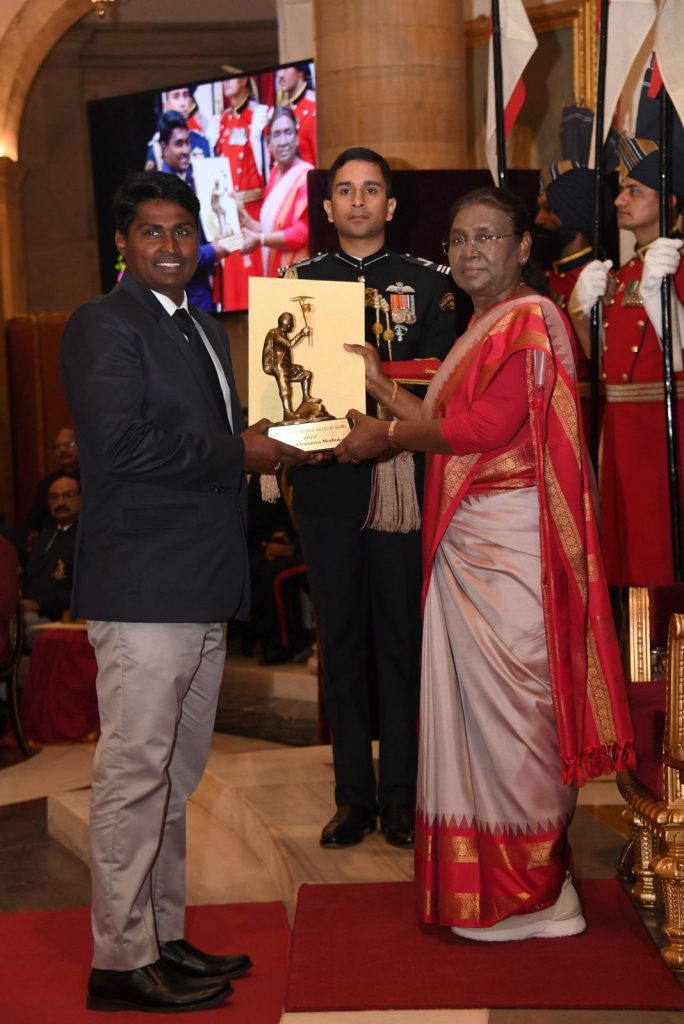 M Tulasi Chaitanya receiving award from Droupadi Murmu, the President of India[/caption]
M Tulasi Chaitanya receiving award from Droupadi Murmu, the President of India[/caption]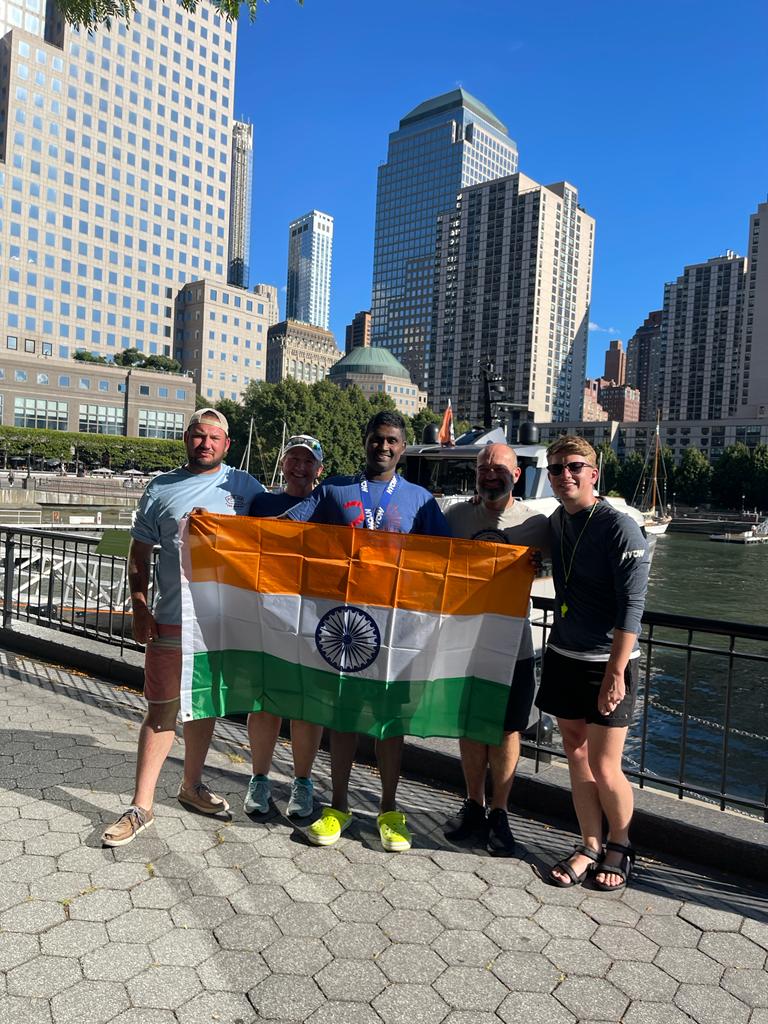 M Tulasi Chaitanya with other swimmers[/caption]
M Tulasi Chaitanya with other swimmers[/caption]